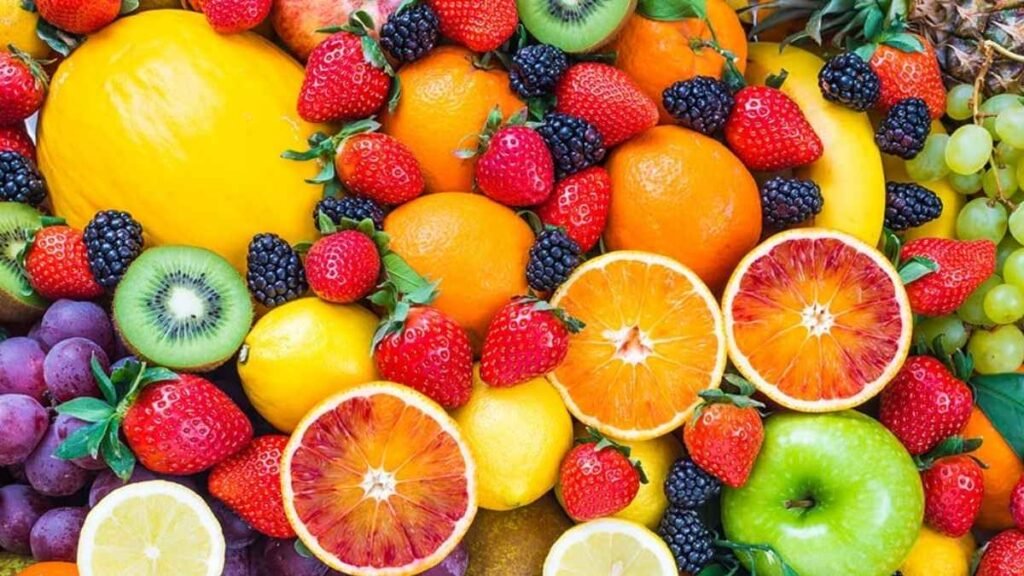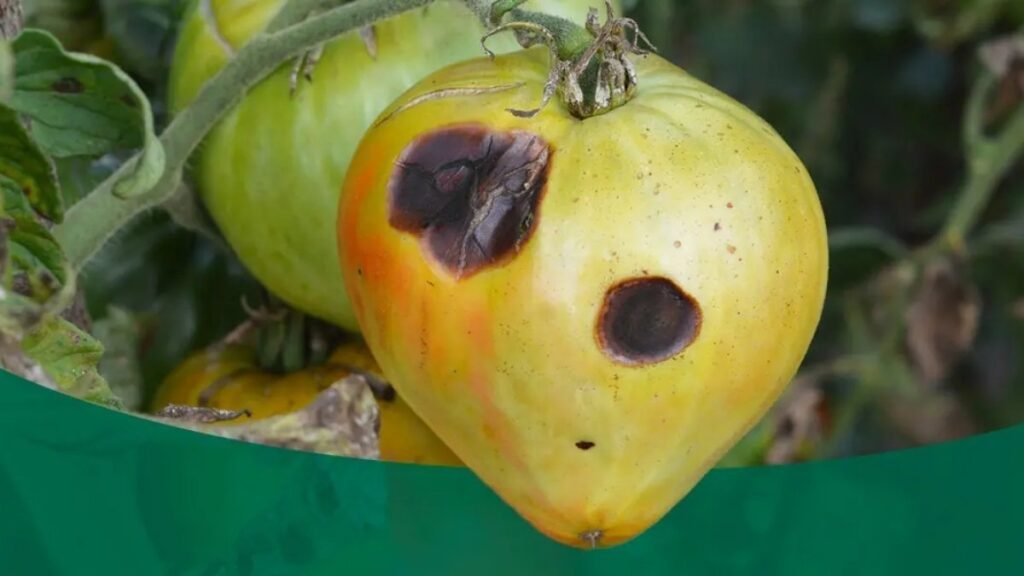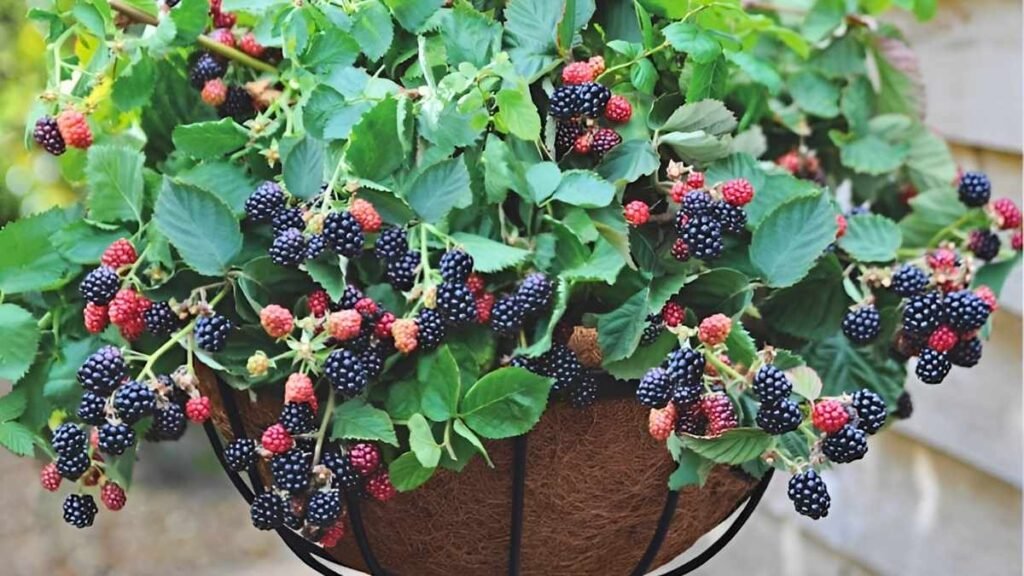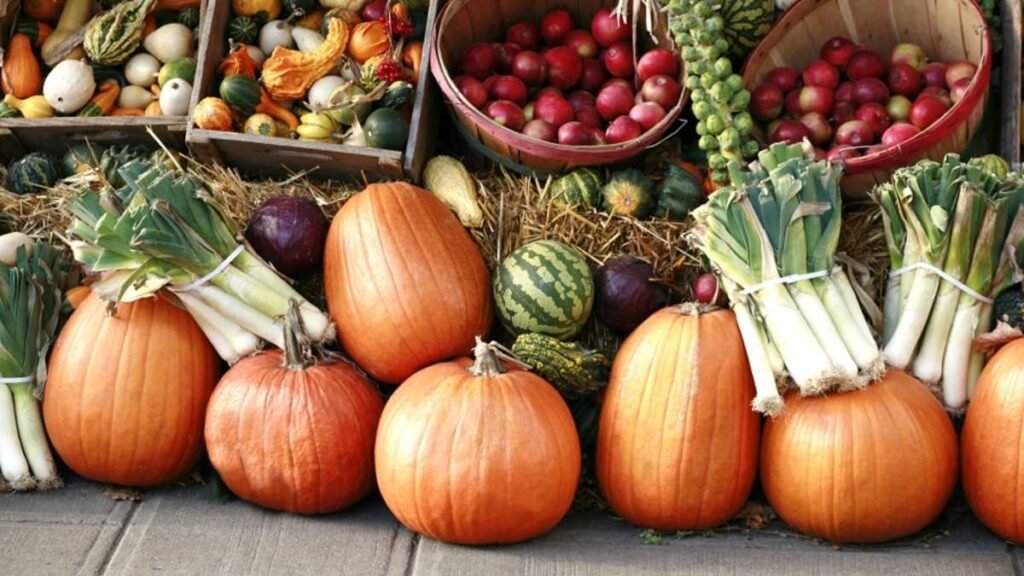Autumn is a season that often gets overlooked in terms of gardening, with many people associating fruit growth with the warmer months. However, autumn can actually be one of the best times to grow certain fruits, thanks to the cooler temperatures, abundant rainfall, and reduced competition from other plants. While spring and summer are prime for sowing and harvesting, autumn provides a unique opportunity for planting, growing, and harvesting several types of fruits that thrive in the crisp air and moderate weather conditions. Let’s explore why autumn is ideal for growing these delicious fruits.
Cooler Temperatures Promote Strong Growth
One of the biggest advantages of autumn for fruit growth is the cooler temperatures. While some fruits are best suited for the summer heat, many others flourish when the temperature drops, as cooler weather encourages healthy growth without the stress of excessive heat. During autumn, the soil is still warm from the summer, which encourages root growth and strong establishment, while the air temperature cools enough to reduce the risk of wilting, dehydration, or sunburn. Many fruits that thrive in autumn require this combination of warmth and coolness, making fall an ideal planting time.

Fruits such as apples, pears, and berries, which are traditionally grown during cooler seasons, are perfect examples of plants that benefit from autumn planting. The cooler temperatures help these plants establish their root systems before winter, giving them a head start in spring.
Lower Pest and Disease Pressure
In the warmer months, pests like aphids, spider mites, and whiteflies tend to thrive, attacking vulnerable plants and fruits. Fungal diseases are also more prevalent in the hot, humid conditions of summer. However, in autumn, many pests and diseases start to become less active, which can be a relief for gardeners. The cooler, drier conditions reduce the risk of infection and pest damage, allowing your fruit trees and plants to grow with less intervention.

Additionally, autumn typically sees fewer insects, meaning you won’t have to worry as much about fruit damage caused by pests like fruit flies or caterpillars. This reduction in pests can lead to healthier plants and a more bountiful harvest when compared to the summer months.
Ideal for Planting Fruit Trees and Bushes
Autumn is an excellent time to plant fruit trees and bushes, as it allows them to establish strong root systems before the cold winter months arrive. This is particularly important for fruit trees like apple, pear, peach, and cherry. Planting them in the fall gives them enough time to acclimatize to their new environment without the added stress of hot temperatures.

- Apple trees: Apples are one of the most popular fruits to plant in autumn. Their root systems develop best when planted in fall, as they can take advantage of the still-warm soil. Additionally, apple trees are naturally adapted to cooler weather, making autumn an ideal time for planting. Once established, they will produce an abundance of delicious apples in the following years.
- Pear trees: Pears, like apples, also thrive when planted in the fall. These trees need well-drained soil, and autumn’s cooler weather allows them to establish their roots without the risk of drought stress or scorching heat. Pear trees often bear fruit within a few years of planting and are a great addition to any autumn garden.
- Peach trees: While peaches are generally associated with warmer climates, planting them in the fall allows them to establish their roots before winter. Peach trees benefit from the cooler months and will reward gardeners with sweet, juicy peaches in the summer if cared for properly.
Berries Love the Fall Weather
Berries such as raspberries, blackberries, and strawberries thrive in the cooler temperatures of autumn. These fruits have a relatively short growing season, and planting them in autumn gives them the opportunity to establish their root systems during the cooler months. Once established, they will produce abundant fruit in the spring and summer, providing you with fresh berries for months to come.

- Strawberries: Strawberries are an excellent fruit to plant in autumn, particularly in regions with mild winters. The cool, moist conditions of fall are ideal for strawberries to settle in and develop strong roots. Planting them in autumn also ensures an earlier harvest in the spring, which is perfect for those eager to enjoy fresh strawberries as soon as possible.
- Raspberries and Blackberries: Both raspberries and blackberries perform exceptionally well when planted in the fall. These berries need a period of cool weather to establish strong root systems before the harsh winter months. Once established, they can provide high yields of fruit year after year, especially when pruned and maintained properly.
Fewer Weeds to Compete With
Weeds are a constant challenge for gardeners, often competing with your plants for nutrients, water, and sunlight. In autumn, many weeds begin to slow down their growth, giving your fruit plants the chance to thrive without as much competition. The cooler weather also means you won’t have to spend as much time dealing with weeds, allowing you to focus on nurturing your fruit plants instead.

Additionally, many gardeners use autumn as a time to apply mulch around their fruit trees and bushes. Mulch not only helps retain moisture in the soil but also prevents weeds from sprouting, giving your fruit plants the upper hand when it comes to access to resources.
The Beauty of Autumn Fruits
Autumn isn’t just great for planting—it’s also the time when many fruits reach their peak ripeness. The cooler temperatures and shorter days encourage the natural sugar production in fruits, making them sweeter and more flavorful. Autumn fruits like apples, pears, and quinces are packed with sweetness and depth of flavor, making them ideal for a variety of culinary uses.
- Apples: There are many apple varieties that ripen in the autumn months, including Gala, Fuji, Granny Smith, and Honeycrisp. These apples are perfect for everything from pies to crisps and cider, and their harvest season coincides beautifully with the fall weather.
- Pears: Like apples, pears are at their best in autumn. The crisp air and cooler temperatures allow pears to ripen slowly, resulting in a deliciously sweet and juicy fruit. Whether eaten fresh or used in recipes, autumn pears are a seasonal treat.
- Quinces: Quinces, often overlooked but incredibly versatile, also reach their peak in the fall. Their tartness mellows with ripening, and they are commonly used in jams, jellies, and sauces. The dense flesh of quinces makes them ideal for cooking, especially in autumn-inspired recipes.
Harvesting and Storing Autumn Fruits
Once autumn fruits are ready to harvest, they tend to store well over the winter months, allowing you to enjoy them long after the growing season has ended. Apples and pears, for example, can be stored in cool, dry places and enjoyed throughout the winter. Likewise, other fall fruits like persimmons and pomegranates store well and can provide you with fresh produce even in the coldest months.
Additionally, many autumn fruits can be preserved by canning, freezing, or making preserves. This allows you to enjoy the flavors of autumn all year long, making the effort of autumn fruit-growing all the more rewarding.
Conclusion
Autumn provides the perfect conditions for growing a variety of delicious fruits. From apples and pears to berries and quinces, the cooler temperatures, reduced pest activity, and fewer competing weeds make autumn a prime time for planting and growing. Whether you’re planting new fruit trees or tending to your existing ones, taking advantage of the fall season will ensure a bountiful harvest and healthy plants. So, get ready to enjoy all the flavors autumn has to offer, and start growing your own delicious fruits today!

